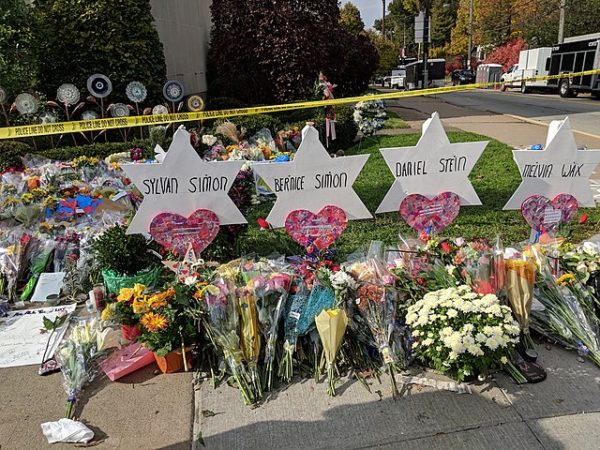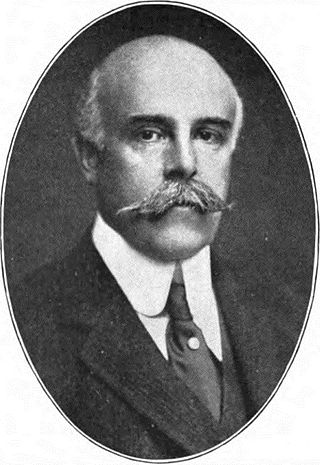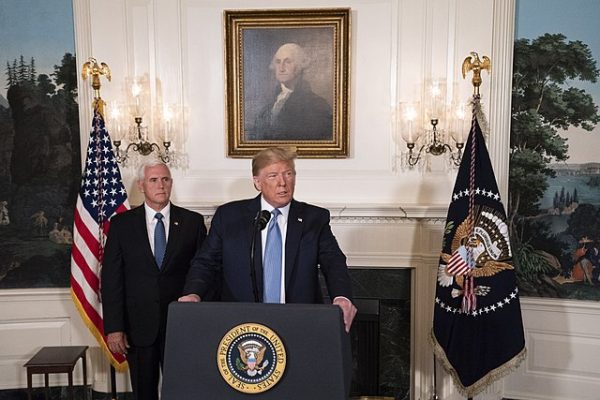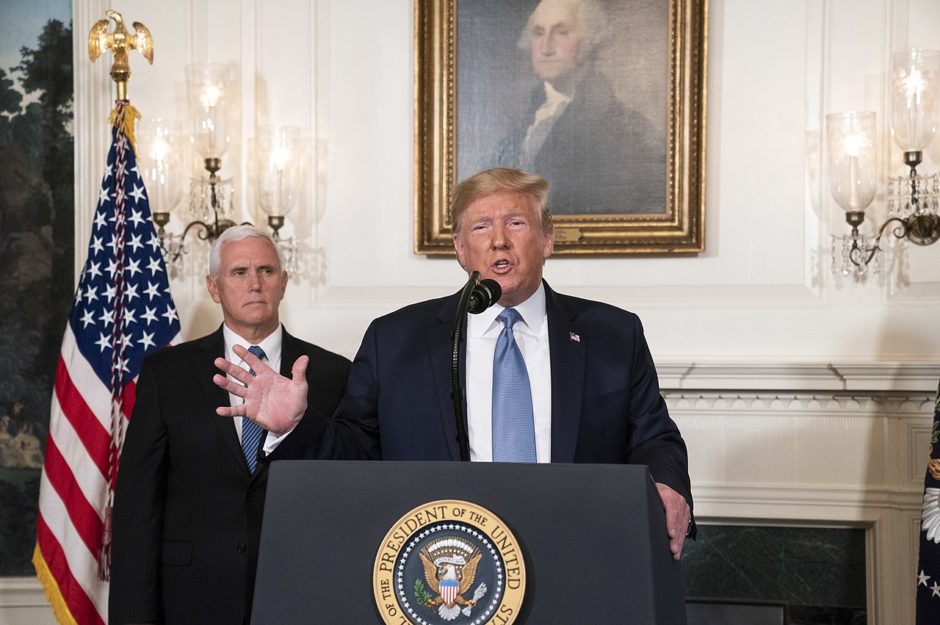Just minutes before killing 22 people, mostly Hispanics, at a Walmart store in El Paso, Texas, Patrick Crusius, a 21-year-old right-wing extremist, posted a racist and anti-immigrant manifesto online in which he expressed fear of a “Hispanic invasion of Texas” and warned that Caucasians in the United States were being replaced by foreigners.
Crusius’ murderous rampage, the worst single massacre of Hispanic Americans in U.S. history, was not an isolated incident. According to the FBI, white extremists have perpetrated 17 mass shootings in the past eight years.

One may well ask: Is the mass shooting in El Paso a wakeup call for America? Is the U.S. government finally ready to crack down on white supremacist terrorism? Is it prepared to pass effective gun-control laws? It remains to be seen, but in the meantime, America is grappling with a troubling epidemic of violent racism.
In his 2,300-word screed, The Inconvenient Truth, Crusius claimed that whites are threatened by the spectre of a “great replacement” by non-whites. This theory, the brainchild of French writer Renaud Camus, is promoted by white supremacists. It holds that elites in Europe seek to replace white Europeans with Arab immigrants. As a result, whites face the prospect of their Christian societies being Islamicized, and so must divide the United States into separate racial enclaves.

Replacement theory also disseminates the conspiratorial view that Jews want to eradicate the white race. At a Unite the Right rally in Charlottesville, Virginia, two years ago, white supremacists and neo-Nazis shouted, “Jews will not replace us” as they arrogantly marched through the town carrying tiki torches.
White supremacists once boasted of their superiority as a race, but in recent years they have changed their tune and now hew to the belief that they’re victims of non-white “invasions” taking the form of immigration from Asia and Africa.
Crusius bought into this paranoid narrative. And although he acted as a lone wolf terrorist, he was inspired by Brenton Tarrant, the Australian white supremacist who murdered 51 Muslims at two mosques in Christchurch, New Zealand, last March.
In all probability, Crusius also drew inspiration from John Earnest, the 19-year-old gunman who opened fire at a synagogue in Poway, California, last April, killing one congregant and wounding three, including its rabbi. Influenced by The Turner Diaries, an antisemitic novel written by neo-Nazi propagandist William Luther Pierce and published in 1978, Earnest blamed Jews for the “planned genocide of the European race.” In addition, he referred to the events at Christchurch and to the massacre at the Tree of Life synagogue in Pittsburgh last October, during which Robert Gregory Bowers killed 12 people. As he shot his victims, he railed against Jews and immigrants.

So if there is a thread inextricably binding together Crusius, Earnest and Bowers, it is surely white supremacy, an ideology refined during the dark eras of slavery and Jim Crow, the latter of which lasted from approximately the 1870s to the 1960s.
Madison Grant, one of the most influential racists in the annals of American nativism, provided white supremacy with its intellectual foundations. Grant’s book, The Passing of the Great Race (1916), claimed that Americans of Northern European stock were members of the master race and superior to everyone else, especially African Americans.

The Passing of the Great Race was enormously influential, prompting the U.S,. Congress to pass the restrictive 1924 Immigration Act, which discriminated against non-whites and whites from outside Western Europe. Jews, in particular, were adversely affected by it.
Critics have accused U.S. President Donald Trump of pandering to racism and thereby emboldening white supremacists.
Joe Biden, who served as vice-president under Barack Obama, the first African American president, launched a scalding diatribe against Trump on August 7. He said, “Indeed, we have a president with a toxic tongue who has publicly and unapologetically embraced a political strategy of hate, racism and division.”
Biden, who’s campaigning to be the Democratic Party’s standard-bearer in next year’s presidential election, says that Trump has more in common with George Wallace, the late segregationist governor of Alabama, than with George Washington, the first president of the United States.
Trump has raised the hackles of many Americans with his incendiary rhetoric and unpresidential behavior. But in a speech at the White House in the wake of the shootings in El Paso and Dayton, Ohio (where nine people were killed), he condemned racial hatred. “In one voice our nation must condemn racism, bigotry and white supremacy,” he said. “These sinister ideologies must be defeated. Hate has no place in America. Hatred warps the mind, ravages the heart and devours the soul.”

Americans who commit hate crimes and mass murder, he said, “should face the death penalty.”
Pledging further resources to the FBI to investigate domestic terrorism, Trump said it should receive “whatever they need” to investigate hate crimes. He also called for improved background checks on gun owners and lashed out at video games and social media that encourage violent tendencies.
Certainly, Trump struck the right notes, but skeptics, such as The New York Times columnist Michelle Goldberg. have yet to be convinced by Trump’s sincerity.
As she put it the other day, “If history is any guide, it won’t be long before the president returns to tweeting racist invective and encouraging jingoist hatreds at his rallies. In the meantime, everyone should be clear that what Trump said wasn’t nearly enough. He has stoked right-wing violence and his administration has actively opposed efforts to fight it. Further, he’s escalating his incitement of racial grievance as he runs for reelection.”
For almost two decades, following Al Qaeda’s terrorist attacks in the United States on September 11, 2001, successive U.S.presidents from George W. Bush on down focused nearly exclusively on combatting Islamic fundamentalist extremists. In line with this policy, the United States invaded Afghanistan — where it is still bogged down in a war of attrition with the Taliban — launched drone strikes into Pakistan and Somalia, and fought the Islamic State organization in Iraq and Syria.
Of late, attacks mounted by Muslim radicals against the United States have begun to subside, while homegrown white supremacist terrorists have been increasingly active.
Amid these ominous developments and a worrisome uptick in mass shootings in the United States, the Trump administration should switch gears and allocate some of its vast resources to declare war on white supremacist terror.
And, of course, lax gun-control laws should be sharply strengthened.
That is the least Trump can do in the wake of El Paso and Dayton.
